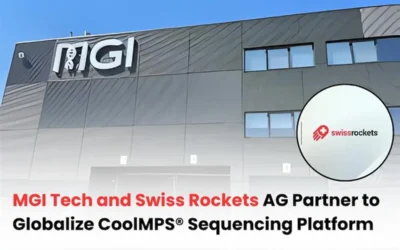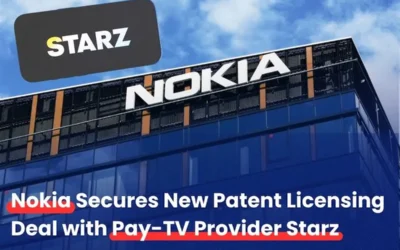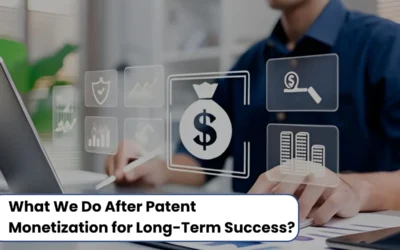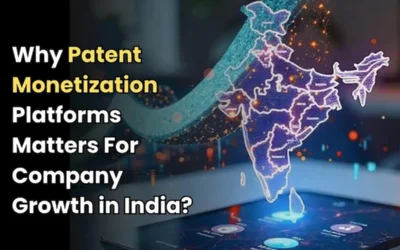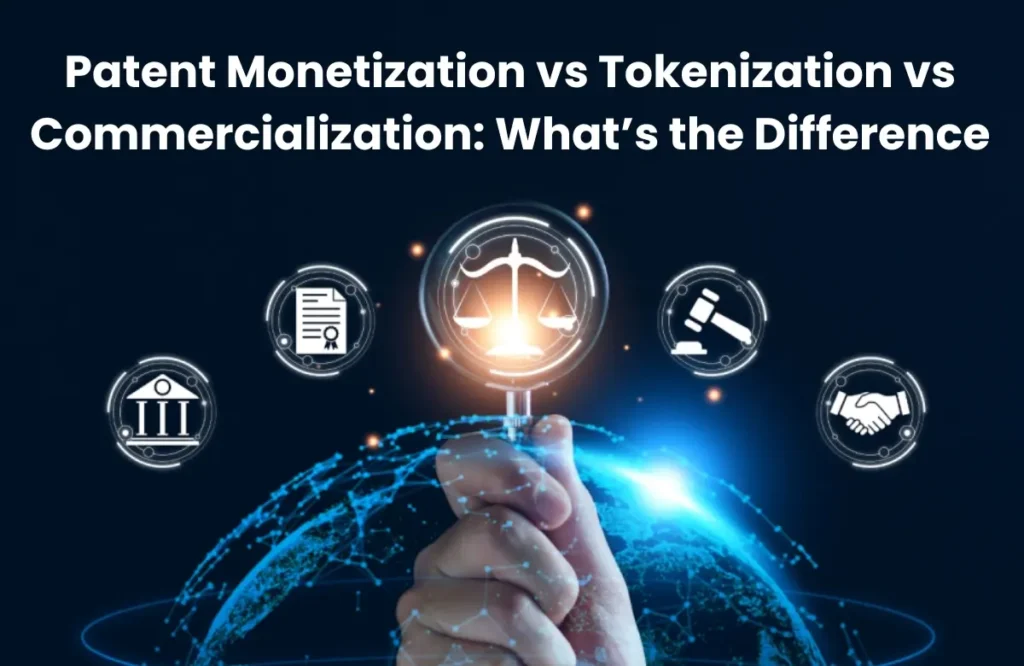
Intellectual property is often regarded as a hidden goldmine for businesses because of the significant monetary benefits it can generate, particularly through patent monetization. However, within the realm of monetization, several related concepts frequently arise—concepts that can sound confusing or remain unclear to many decision-makers. This lack of clarity can easily lead to misunderstandings and, in some cases, poor strategic choices for the business.
In the context of monetizing a patent, three major approaches often come into focus: monetization, tokenization, and commercialization. While these concepts may appear similar, they are not identical. Each represents a distinct pathway for deriving value from intellectual property. Let’s explore the differences between the three.
Patent Monetization: Turning Intellectual Property into Revenue
Patent monetization is making financial returns from patents. This can be achieved through approaches such as granting licenses, transferring ownership, or entering into strategic partnerships. The primary emphasis is on unlocking the patent’s economic worth as a corporate asset.
There are multiple ways of monetizing a patent:
- Licensing
- Selling / Assignment
- Enforcement (Litigation or Settlements)
- Cross-Licensing
- Patent Pools
- Franchising
- Joint Ventures / Strategic Partnerships
Read More: How to Monetize Patents: Selling, Licensing, and Assignment
Patent Tokenization: Digitizing IP for Fractional Ownership and Liquidity
Patent tokenization means using blockchain to turn patent rights into digital tokens. These tokens make it easier to share, trade, or even split ownership of a patent among different people. The main goal is to make patents easier to access and trade, much like digital assets. For example, a software developer could turn software licenses into tokens, so companies can buy and resell those rights on a blockchain platform.
Patent Commercialization: Transforming Patents into Marketable Products
Patent commercialization means taking an invention and turning it into something people can actually use or buy. This usually includes developing the product, producing it, promoting it, and getting it out to customers. The main aim is to turn an idea or patent into a real product or service that earns money. For example, a pharma company might create a medicine from its patent and then sell it to patients and doctors.
Conclusion
While patent monetization focuses on immediate financial returns, patent tokenization leverages digital innovation to enhance liquidity and accessibility, and patent commercialization aims at turning ideas into market-ready solutions for long-term growth. Choosing the right path depends on an organization’s strategic goals, financial capacity, and risk appetite. In practice, many businesses adopt a hybrid approach, using a mix of monetization, tokenization, and commercialization to maximize the value of their intellectual property portfolio.





